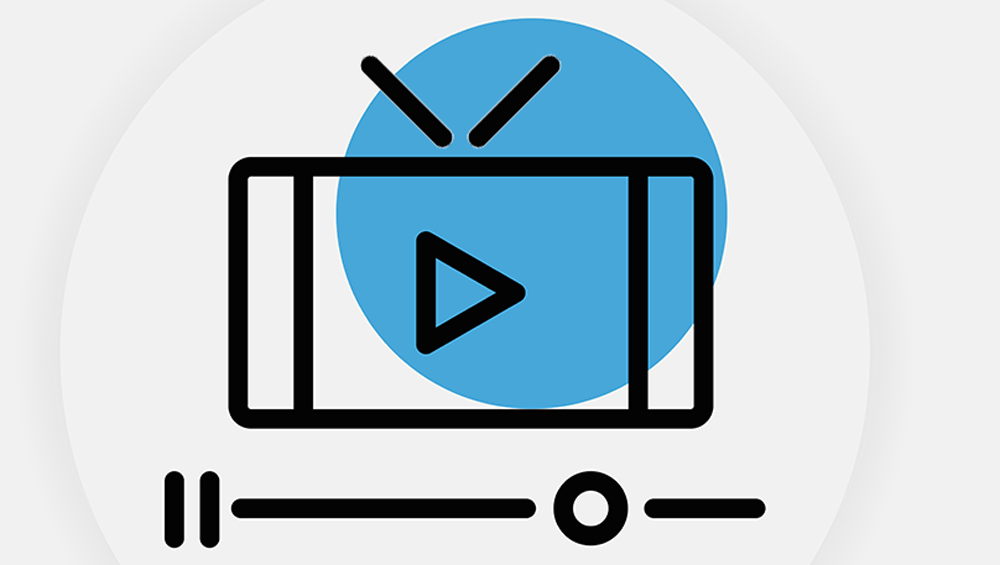
The OTT Recession Is Coming


Hank Price
Back in 2020, I wrote a column questioning how many streaming services the average household would be willing to support over time. Since then, over-the-top has exploded with everyone except my cousin Joe’s home movies entering the space. With the explosion still going on, I expect my cousin to launch sometime next week. He will probably call it Joe+. I’m going to suggest an introductory price of $4.99 a month.
Whenever an industry goes through radical change, such as the current streaming eruption, several things happen. First is the rush to groupthink, always based on a deep-seated fear of being left behind. That fear creates the kind of California Gold Rush we’ve been seeing the past 24 months. Next comes an eventual shakeout, a phase we are not yet in, but is clearly on the horizon. The final step is the rise of consumer power, which determines ultimate winners and losers.
With gas, groceries and electricity squeezing household budgets in ways not experienced in decades, today’s consumer is breaking the mold by taking control of the streaming space now, even while new OTT services such as NFL+ are still launching.
This new consumer-driven phase began in January with Netflix’s unfortunate decision to raise prices just as households were beginning to search for ways to save money. By the time second quarter earnings were announced, Netflix and most of the other streamers were reporting some level of financial loss.
Of related consequence was Comcast’s second quarter report of flat broadband growth, followed by Charter Broadband’s announcement of significant subscriber losses. Since broadband is seen by many consumers as a fundamental life need, second only to personal cell phones, subscriber disconnects are another sign of the severe financial pressure many households are feeling.
I’m tempted to also mention DirecTV’s 400,000 second quarter subscriber loss, but that is more likely driven by the growth of vMPVDs, including DirecTV’s own service. Still, it does represent another pullback in consumer spending.
Undaunted, both Paramount and Disney have put on their bright faces, asking analysts to look past these hiccups to the glorious streaming future ahead. Disney+, apparently believing their kid base is bulletproof no matter the economy, even announced a price increase. We will see how that works out.
To understand where all this is leading, look no further than the last recession when cord cutting became a major factor in American households, not out of a desire to subscribe to Netflix, but because the then new over-the-air HDTV signals brought significant content and improved picture quality without the need for cable. Consumers were willing to give up channels in exchange for price savings. Those savings eventually funded broadband, and the rest is history.
This time around, consumers are even more savvy, having learned how to start, stop and pause OTT subscriptions to save money. Many now wait until a full season of a hit program is available, then subscribe, binge watch and cancel. They’ve also learned how to take advantage of trial periods, canceling before being billed, along with many other workarounds. Next year when Netflix begins charging for passcode sharing, we can be certain some users will find a workaround for that, too.
Also of great concern to streamers should be Deloitte’s latest media landscape report that says Gen Z and millennial consumers are especially price sensitive, making them even more difficult to keep signed up for monthly fees than their parents. These younger users are also distracted by their interest in games and other digital activities. Deloitte says they represent the highest churn of any age group. Offered the choice, more than half would prefer an advertiser supported service to paying a fee.
Digesting all this information, a few things seem obvious. First, there will be an eventual shakeout in the streaming world. Consumers are not going to permanently lock in regular monthly fees for a half dozen services, though they will likely continue to use a great many selectively.
It is also clear that advertising is going to become a much bigger factor in streaming than it is now. We saw this in the recent upfronts as OTT providers recognized the importance of advertising in a world where consumer payments are becoming less sure.
The problem for streamers is that national OTT ad business is a mess. Low CPPs, lack of attribution and trouble tracking all hurt revenue.
If I was running a national streaming service of any kind, I would partner with local television stations to sell a good portion of my inventory. Station sales departments are highly sophisticated and expert at providing clients with multi-platform solutions, including third-party inventory. They also have trusted local relationships that no national service can duplicate. If stations can sell inventory in the traditional linear networks for a premium, they can certainly do the same thing for on-demand product.
Local station partnerships would also give streamers the ability to promote directly to consumers, who are busy, distracted and living in a much broader world of media choices than just a few years ago. None are locked into any one platform, nor do they particularly care who just launched what service. What they do care about is product, be it cutting edge platform or traditional.
Case in point: The two biggest video hits of the past few months were Top Gun: Maverick and Elvis. Both required consumers to leave their home, go to a building at a fixed time and pay a significant fee up front in order to experience either program. Once seated, they were forced to endure 10 minutes of commercials before finally getting to the product, which was presented on a platform that did not allow stop, pause or replay.
From this, we are reminded that consumers will invest time, money and even inconvenience in top tier products, but not so much for everything else. Since no streamer, network or other organization can constantly create fresh compelling programming, we must also conclude that no monthly streaming fee is safe from eventual cancellation. That’s why local partnerships could be a big advantage.
As streaming services seek the right combination of product, price and advertising for the long run, consumers will continue to embrace their role as the ultimate decision makers. We know they will use a myriad of platforms, including all the traditional ones, and that time and money will always come into play. We also know there will be unintended consequences.
We are on the cusp of even greater change. It’s going to be a wild ride, so buckle up.
Hank Price is a media consultant. His second book, Leading Local Television, has become a standard text for television general managers. In a 30-year general management career, Price led TV stations for Hearst, CBS and Gannett, including WBBM Chicago, KARE Minneapolis, WVTM Birmingham, Ala., and both WXII and WFMY in Greensboro/Winston Salem, N.C. Earlier, he was a consultant with Frank N. Magid Associates. Price also spent 15 years as senior director of Northwestern University’s Media Management Center. He is currently director of leadership development for the School of Journalism and New Media at Ole Miss.
































Comments (2)
AIMTV says:
August 22, 2022 at 9:35 am
As an independent producer, and having content being projected to being between $40K to $70K a year by an OTT Service like Crackle (AKA Chicken Soup for the Soul)- Then getting statements late, if at all, and only by harassing them… and finally paid, extraordinarily late… a total of $230 or so (gee – just 99.9% below what they’d projected!)… this after spending $2k or so to Close Caption and deliver. I haven’t even mentioned all the other sites they sold it to and never took the content down well after the “takedown” date. OTT is a bad deal for indie TV producers (unless producers LOVE losing $). I’ve met used waterbed salesmen that were more professional and transparent than some of OTT company’s personnel. Zero sympathies here.
tvn-member-1705449 says:
August 22, 2022 at 9:51 am
Your discussion of cord-cutting is interesting as a cost-saving measure. My local cable company is discontinuing actual “cable” service, moving everything to an internet-delivered service. So, the cable company will no longer have any of the expenses for upkeep of cables running through our city, or upgrading that “cable” service in the future. BUT, the cost to me, the subscriber, remains the same…except for a small amount I no longer have to pay for rental of the “cable box.” I wonder how long it will be before many more “cable” companies make this change?